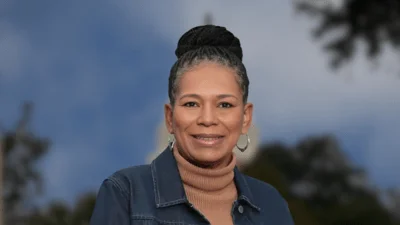How have Illinois soils changed over 120 years? U of I scientist needs your help | https://extension.illinois.edu/sites/default/files/styles/blog_article_image/public/2023-03/Margenot%20with%20old%20soils%20-%20may%20not%20have%20permission%20to%20use%20this%20pic.png?itok=JlaIMF4H
How have Illinois soils changed over 120 years? U of I scientist needs your help | https://extension.illinois.edu/sites/default/files/styles/blog_article_image/public/2023-03/Margenot%20with%20old%20soils%20-%20may%20not%20have%20permission%20to%20use%20this%20pic.png?itok=JlaIMF4H
When he heard an old barn on the University of Illinois campus was scheduled for demolition, soil scientist Andrew Margenot went to investigate. Inside, on dusty shelves, he discovered a time capsule in the form of thousands of jars of soil from around the state, some dating as far back as 1862.
It was a goldmine for Margenot, an assistant professor in the Department of Crop Sciences, part of the College of Agricultural, Consumer and Environmental Sciences (ACES) at U of I. Few long-term soil archives exceed 40 years, but as far as Margenot can tell, the trove represents the oldest soil archive in the world. And, at 450 sampling locations spanning 21 million crop acres in Illinois, it’s the largest.
After curating, cleaning up, and digitizing over 8,000 samples, a three-year effort, he's ready to resample the original locations with support from the Illinois Nutrient Research and Education Council (NREC) and the Illinois Farm Bureau. That's where Illinois property owners come in.
"We want to resample the same locations to identify how soils have changed over time in Illinois. This would yield unprecedented insight into our state's soil resource base and enable improvements in soil fertility management and conservation, including much-needed updates to the Illinois Agronomy Handbook," Margenot says.
With 450 locations to sample, mostly on private land, it's a tall order for the researchers. But for landowners, it's a piece of cake. They simply need to visit the map of locations, sign up by emailing Margenot or on the Google Map link, and wait for the research team to arrive with soil probes.
Original source can be found here.






 Alerts Sign-up
Alerts Sign-up